-
Posts
38 -
Joined
-
Last visited
Content Type
Profiles
Forums
Gallery
Events
Posts posted by ameletters
-
-
-
Thank you, Brian - every encouragement is welcome! And: yesss - the Australian bush is full of sunshine, wildlife and pirates!
-
TWISTED TALES OF THREE UNICORNS . . .
The H.M.S Unicorn was designed by F.H.Chapman for the British fleet. As a member of the Swedish Royal Academy of Sciences, in his admirable volume “Architectura Navalis Mercatoria” printed in Stockholm in 1768, he gives an extremely detailed account of the calculations relating to the study of hydrodynamic resistances - altogether with a most beautiful drawing of the elegant frigate. The results of Chapman’s hydrodynamic investigations are clearly visible in the sleek lines of the hull, which were quite advanced for the epoch in which the ship was built. The Unicorn was definitely designed for speed and maneuvrability as well as superior fire power - one of the most dangerous tall ships of its time!
The H.M.S. Unicorn was built at Chatham Dockyard in Kent, and was finally launched in 1794 to keep the French at bay, but was unfortunately snatched by the clever enemy not even a year later in the early revolution war - with no survivors recorded. The French seemed to be happy with their fine catch, stocked the ship up with a second cannon deck, a rather pompous golden after castle, and they proudly renamed her as “La Licorne”! As we all know from Hergé and Spielberg was that the English pirate Rackham the Red was more than eager to get his hands on that improved war horse - and that Monsieur Captain de Hadoque rather blew his unique ship up than to relinquish it to the bloody pirate. Hadoque escaped in his launch and is recorded as the only survivor of the fiery battle. That was the Golden Unicorn . . .
But the stubborn Brits were grumpy, and they never give up! Immediately they started the construction of a new Unicorn, which was launched in 1812. She was well underway, until she got in trouble with the pirates of the Caribbean - only to be saved by the cunning Spaniards, who threw all souls over board. They were in a desperate need for fast and lethal carriers to ship the shiny Inca gold to their greedy King. They painted the frigate black and blood-red to deter further pirate attacks, and they renamed her in their tongue “Unicornio Negro” - the Black Unicorn! Sadly a furious storm on the way home with a heavily over-loaded hull knocked off the rudder and ripped the sails - she was blown past Ireland, half way up to Newfoundland, must have hit an iceberg and sank with man and mouse about 1840 in the freezing waters of the arctic seas near Bear Island . . .
But the Brits won’t ever give up: The third one - the White Unicorn - was launched in 1824. She was built with lighter timber and fitted with a rounded stern. Historically she left no big tales of outstanding battles or important missions which so often mark the career of a tall man-of-war. The Unicorn is now preserved as a historic ship and visitor attraction in Dundee, Scotland - without masts and rigging, but a rather ridiculous roof! But she is one of the six oldest ships in the world, is Scotland’s only preserved warship and is the most completely original ship in the entire world to have survived from the golden age of sail!
Clive Cussler tells us that the American salvage company of Dirk Pitt scanned the waters off Spitzbergen in 1991 for a sunken Viking boat recorded full of silver and copper, but the tireless engineer Al Giordino spotted the Black Unicorn on the radar screen instantly - only two hundred feet under on a mud bank. She was floated with huge airbags, the hull was perfectly preserved by the icy water and all thirty-seven sailors were still looking like alive. The tons of pure gold and precious gem stones in her belly paid fully for the restoration - to fit her out as a modern pirate ship for apprentices and whale watchers, with amenities, a spacious dining room and sixteen comfortable cabins on the lower deck . . .
-
-
-
-
If I would like to change my brown rigging thread to a black one, how many meters do I need for the Unicorn? I got three rolls but no idea how much is on each? Can you enlighten me?
-
-
-
I know how to clamp the first planking - but its a miracle to me how to clamp the second one! Any clever answers?
-
-
Can you get a pre-cut kit for a pinnace 1:75 somewhere - then please tell me! I cannot stand the idea of a ship without a lifeboat!



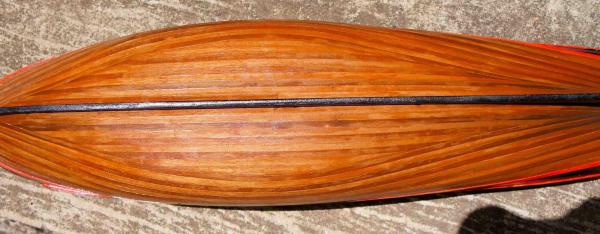

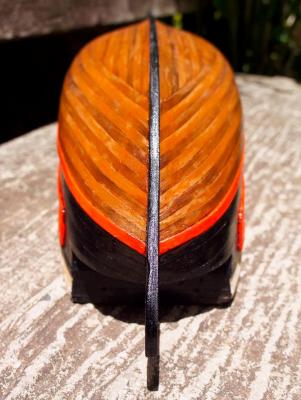

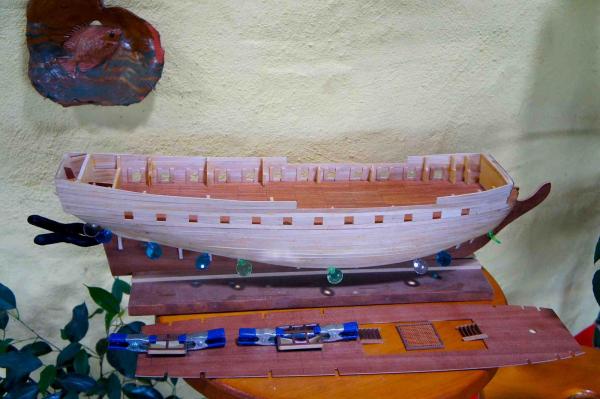
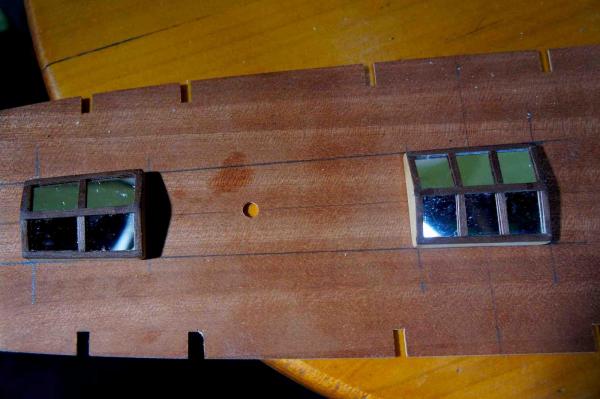
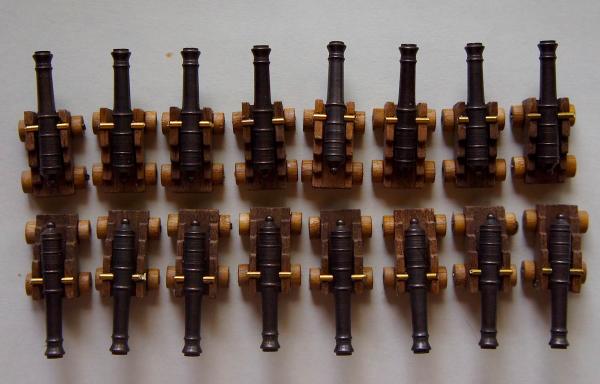
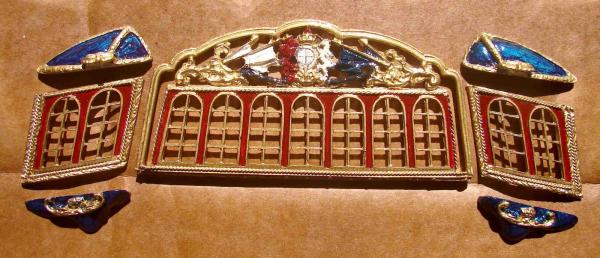
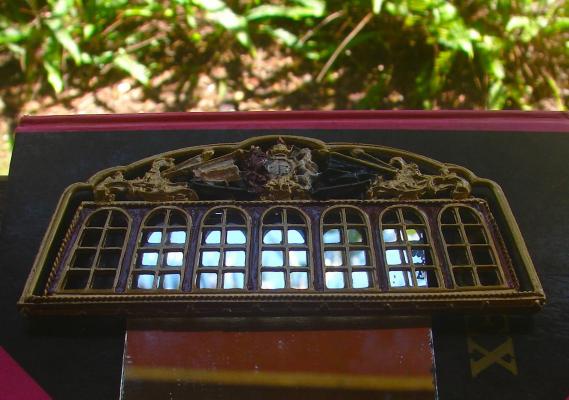
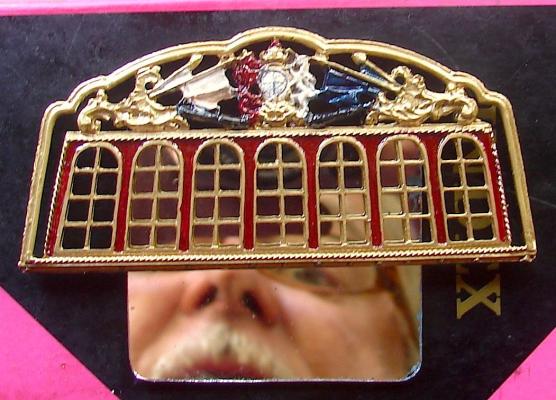

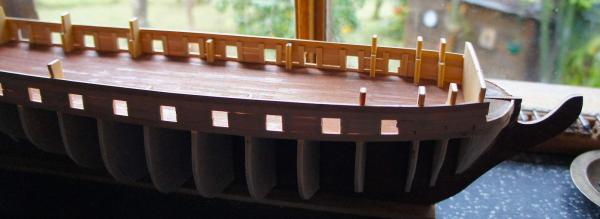
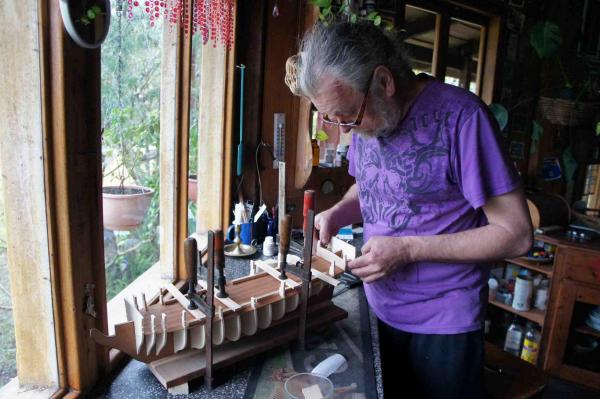
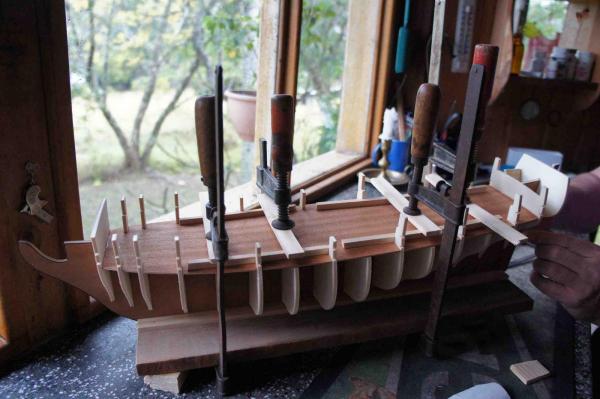
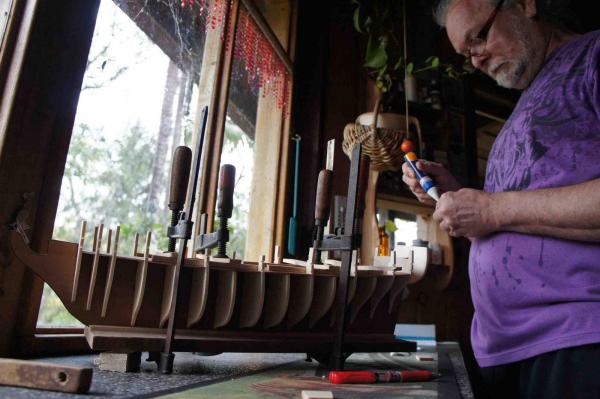
Unicorn by ameletters - Corel
in - Kit build logs for subjects built from 1501 - 1750
Posted
Ich cha schwarze Hemp-Fade chauffe z' Australie - isch zwar doppled so dick aber das chan ja nur hälfe - so hoffi wenigschtens, Schnu!